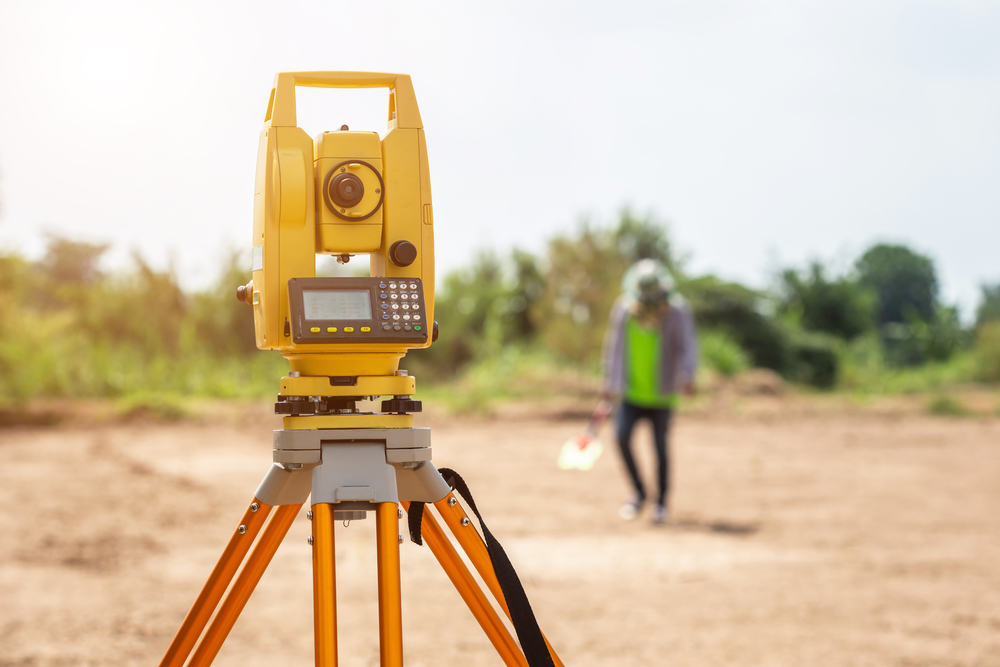The earliest recorded land registry appeared in Egypt in 3000 BC when the Nile flooded causing farm boundaries to be re-established. These days if you are buying property, renovating, building or subdividing then the chances are you need to engage with a land surveying company. Registered and licensed surveyors are the only professionals that are authorised by the government to legally define land boundaries. There are many different types of surveys that can be carried out. To get the most from a survey it is important to know the key differences between them.
Understanding Boundary Definitions
Boundary, or property lines, set out the extent of the legal limit of who owns any parcel of land. If the description of a boundary is unclear or disputed by other landowners, it is up to a court to settle the position of ownership. Land surveying companies in Melbourne will provide their customers with a clear picture of the land being developed and note the position of boundaries and boundary markers, the rights of way and the restrictions.
Boundary features can be defined in a number of ways:
- Old occupations – an old wall or fence
- Natural boundaries – rivers or cliffs
- Statement of length- measurements set out in described direction
- Monumented lines- natural or artificial survey marks
- Abuttals – roads or pavements for example
Different Types of Surveys
Topographic surveys gather data on all land features and details and identify both man made and natural structures in the area, like those abovementioned. It is important for property developers and structural engineers to have accurate measurements of existing buildings, fence lines and landscape elements. A topographical survey will also help identify areas of sloping land, creeks, hedges, and trees so that an architect can factor this into the design. The engineer will need to know about sloping land to factor in any underpinning to new builds or ensure rainwater runs away from a building. If the land that is being developed has many different natural and manmade features, then a topographical survey may likely be required.
Cadastral surveys specialise in the establishment and re-establishment of property boundaries. One of the most common problems that can occur when redeveloping a property is the opposition from neighbours that includes boundary disputes. Making sure a cadastral survey is undertaken, before getting any renovation or rebuild underway will allow the developer to be clear about where any new boundaries are going to be. Sharing this with neighbours before putting in for any planning permission will help prevent any issues and increased costs before starting the build as potential disputes can be identified and resolved.

Environmental planning surveys use surveying techniques to understand the potential impact of environmental factors on real estate and construction developments. They provide the property owner with the best possible information needed to make the right choice regarding energy, water, and waste management practices. Aspects of current wildlife and native planting will also be recorded so that this can be factored into the development.
Aerial surveys collect imagery by use of aerial vehicles and devices including airplanes and helicopters. A number of surveyors increasingly use drone technology to survey a range of infrastructure, as well as large areas of land given over to agriculture or mining and industrial use. An aerial survey complements any environmental review as larger more inaccessible areas can be covered.
Hydrographic surveys provide measurements for any kind of waterway or marine environment. These are particularly of interest when accurate information regarding storm drains and hydraulic information for investors and developers are needed. Maritime boundaries do exist for very specific purposes such as fishing zones and marine parks. If a building project is linked to a business development of a tourist park or leisure facility that offers access to a waterway or marine enviroment, then this type of survey is likely required.
The Value of a Land Survey
Any of the forms of these surveys undertaken can be immensely valuable. Disputes often occur because of a lack of identifying issues that surveys will pick up. Other issues to do with the land and problems that may possibly arise from it can also be detected.
Getting a proper survey of the land carried out will help reduce stress, expense, and length of time when it comes to a rebuild or renovation. It is always therefore advisable to first speak to a land surveying expert.

